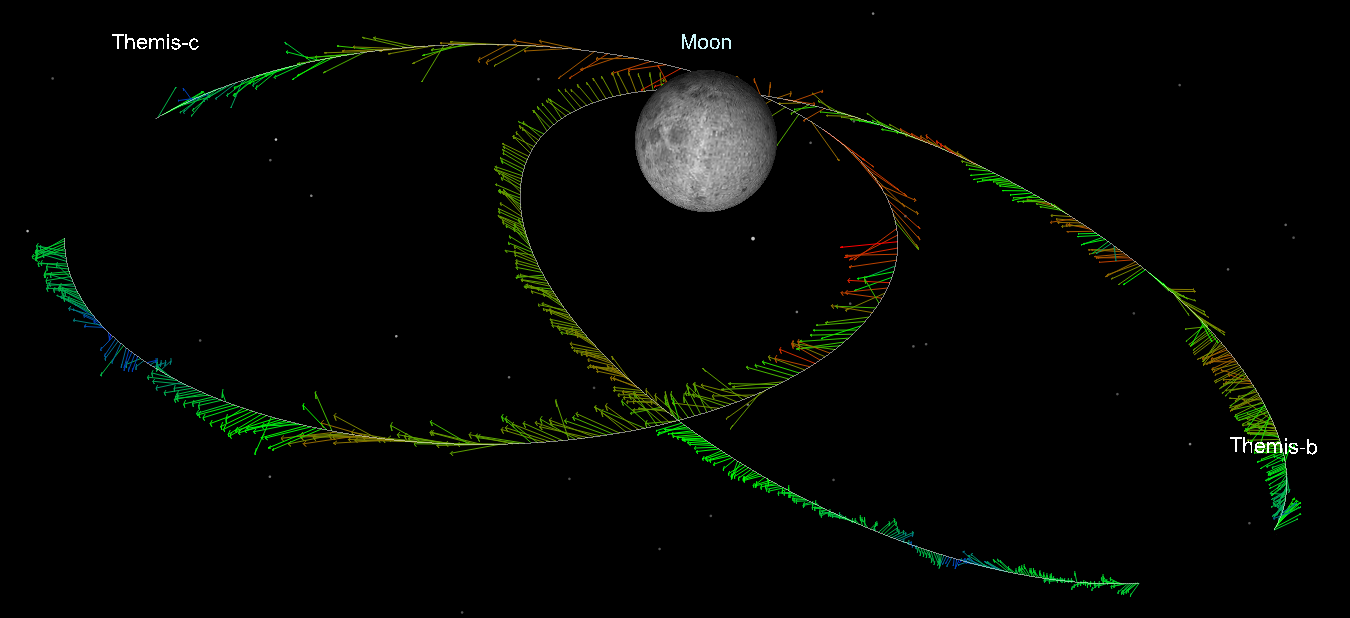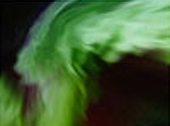THEMIS Related Web Sites
Learn more about the contributions from our domestic and foreign partners by visiting these web sites.
The QSAS Science Analysis System
QSAS is an X-application tailored to the analysis and display of data from space plasma missions. Themis level 2 CDF are fully compatible with QSAS.
JAXA
THEMIS FGM/ESA 2 hour plots. Reimei-THEMIS GBO/ASI conjunction events. Spacecraft Footprint and Ground-Based Instruments. Conjunction Event Finder.
Taiwan AIDA for THEMIS
Taiwan Ascii and Idl_save Data Archives (AIDA) (English or Chinese)
Technical University of Braunschweig (TUBS)
The Flux Gate Magnetometers (FGMs) on board the five THEMIS spacecraft have been developed by a team led by TUBS.
Austrian Academy of Science (AAS)
The Space Research Institute at AAS has been contributing to building and calibrating the fluxgate magnetometers.
French National Space Agency (CNES)
CNES participates in THEMIS through
CETP and CESR. CETP
has provided the Search Coil Magnetometers (SCMs) for the five THEMIS
spacecraft.
University of Calgary
The University of Calgary is in charge of deploying, operating, and retrieving data from the 16 THEMIS ground based observatories (GBOs) that are deployed in Canada.
University of Alberta
The University of Alberta shares data from its CARISMA ground magnetometer network in Canada.
Cluster Science Centre
The Cluster Science Centre is a collaboration between the Rutherford Appleton Laboratory (which hosts the Cluster Data Centre), Imperial College London and Queen Mary, University of London (which jointly provide the Cluster Science Centre).
The University of New Hampshire THEMIS Wiki Pages
THEMIS Wiki Pages http://themis.sr.unh.edu are hosted by the Space Science Center of the University of New Hampshire, Durham. The site administrator is Vladimir Kondratovich, vkondratovich@sp-systems.com , to whom all password and help requests should be directed. Vladimir will be glad to help you start your own page(s).
SSCWeb 3-D Orbit Viewer
The Satellite Situation Center (SSCWeb) Systems and Services provides this application, known as TIPSOD, which can display a interactive 3-D animation of the orbits for selected spacecraft(s) and time ranges of interest.
CDAWeb
The Coordinated Data Analysis Web (CDAWeb) services allow a software developer to use CDA software in their own applications, or general users to use the existing web interface to view and/or download data.
Magnetopause Crossing Database - GIFWALK
GIFWALK, http://cdaweb.gsfc.nasa.gov/cgi-bin/gif_walk is a service of the CDAWeb hosting the Magnetopause Crossing Database for THEMIS probes. It allows quick browsing through the magnetopause crossing events and download of a range of specialized plots and data.
UCLA Spherical Elementary Currents
The UCLA spherical elementary currents web page
http://www.igpp.ucla.edu/jweygand/htmls/EICS_NA_Greenland.html indicates intervals when spherical elementary currents are available
and who to contact for this data. The currents have been derived from
the THEMIS, CARISMA, CANMOS, GIMA, MACCS, USGS, and Greenland ground
magnetometer arrays and using the method outlined in Amm and Viljanen [1999].
A subset of these spherical elementary currents are available at
the Virtual Magnetospheric Observatory: http://vmo.igpp.ucla.edu.
SuperMAG: The Global Ground Based Magnetometer Initiative
SuperMAG is a worldwide collaboration of organizations and national agencies that currently operate more than 300 ground based magnetometers. SuperMAG provides easy access to validated ground magnetic field perturbations in the same coordinate system, identical time resolution and with a common baseline removal approach. http://supermag.jhuapl.edu/index.html
Inter-university Upper atmosphere Global Observation NETwork (IUGONET)
The IUGONET project provides a plug-in software of TDAS, "UDAS", that can load and analyze ground-based observational data (e.g., geomagnetic indices, magnetometer network data, and some kinds of radar data) distributed by five Japanese institutes and universities (Tohoku Univ., Nagoya Univ., Kyoto Univ., Kyushu Univ., and NIPR). http://www.iugonet.org/en/
Energization and Radiation in Geospace (ERG)
The ERG (Energization and Radiation in Geospace) project is a mission to elucidate acceleration and loss mechanisms of relativistic electrons around Earth during geospace storms. The project consists of the ERG satellite, ground-based network observation, and simulation/modeling/theory teams. The ERG Plug-in tool includes IDL libraries to load 210MM magnetometer CDF files provided by Kyushu University, STEL, Nagoya University, induction magnetometer CDF files provided by STEL, Nagoya University, and common time fitacf data of SuperDARN radars. ERG-Science Center would like to acknowledge the close working relationship between the ERG project and the SuperDARN project. http://ergsc.stelab.nagoya-u.ac.jp/

3DView Multi-Mission Tool
The EU-funded 3DView Multi-Mission tool (beta) can be used to view and manipulate THEMIS and ARTEMIS data in 4 dimensions for easier visualization, as well as including models of the Earth's magnetosphere.
MIST Survey Plots and Conjunctions
The Virginia Tech Magnetosphere-Ionosphere Science Team (MIST) and the National Space Institute at the Technical University of Denmark (DTU Space) are pleased to announce several new survey plots for inter-hemispheric comparisons of magnetic perturbations: 24 hour intervals and shorter THEMIS/MMS satellite conjunction intervals. Virginia Tech magnetometers are deployed at locations corresponding to the southern hemisphere IGRF footpoints of DTU Space magnetometers. 24 hour survey plots show how magnetic perturbation properties vary between hemispheres due to variations in ionospheric conductivity, interplanetary shock impact angle, ion foreshock location, distorted magnetic field topology, etc. Satellite survey plots show similar information during shorter periods when the THEMIS or MMS satellites are magnetically conjugate to Antarctic stations. These plots include satellite plasma and magnetic field measurements for additional context on magnetopause location, etc.
Swarm-Aurora
The Swarm-Aurora project was designed to facilitated and drive the use of Swarm in auroral science and build a bridge between Swarm data, the Swarm science community, and optical images of the aurora collected primarily by ground-based All-Sky Imagers (ASIs). Researchers can easily identify Swarm overflights of ASIs that were capturing images of aurora of interest, relating the electric and magnetic fields observed by the satellite to the aurora structures and dynamics as captured by the ASI. Researchers will be able to quickly scan through years of data within minutes, quickly identifying events that meet their specific research goals.






